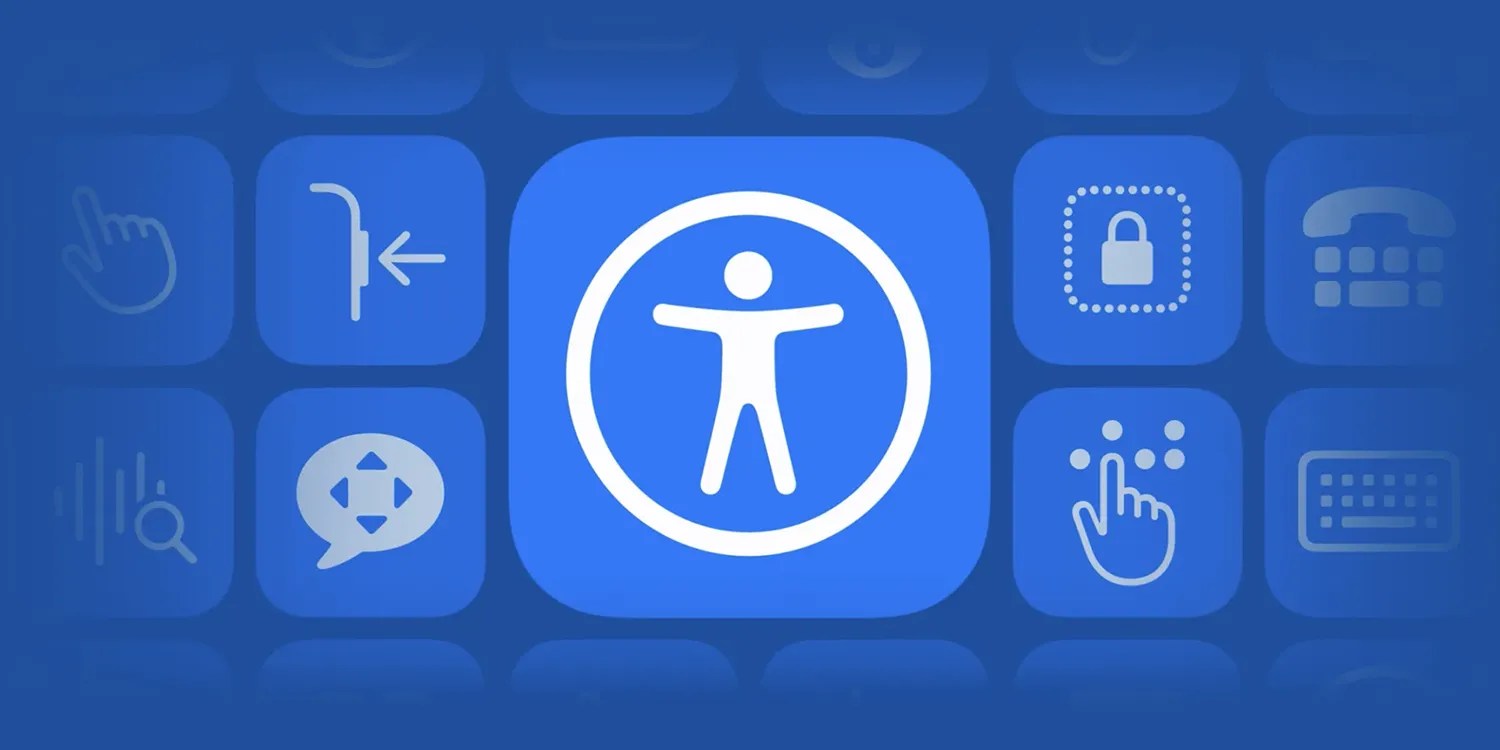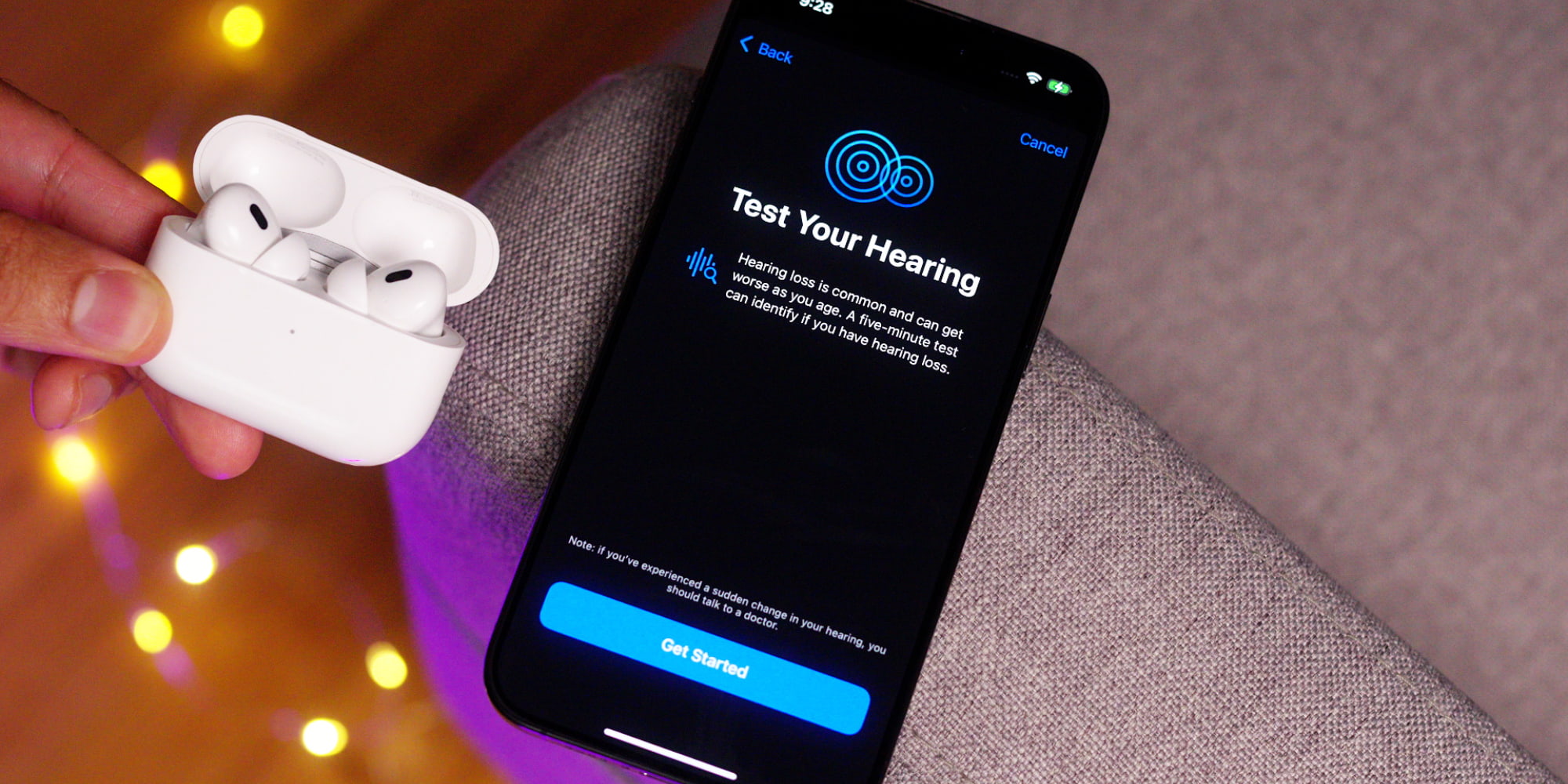
Apple has a strong culture of secrecy, so when it shares details about its behind-the-scenes projects and processes, it’s a special treat. Today the Twenty Thousand Hertz podcast has published one such treat. The latest episode features Apple staffers going in-depth on the company’s Accessibility and Health work, including AI and research developments that have powered recent features for AirPods Pro, Apple Watch, and more.
Deep dive podcast features new Apple interviews on key features
The new podcast episode features new interviews with four Apple staffers—Sarah Herrlinger, Ron Huang, Deidre Caldbeck, and Erick Treski—plus existing clips from CEO Tim Cook and others.
It’s a wide-ranging episode that spans the entire history of Accessibility at Apple, in broad bullet points. The timing is noteworthy, as Apple’s first Accessibility department was started 40 years ago in 1985.
Here are a variety of quotes covering just a few of the topics covered:
How Apple approaches Accessibility

Sarah Herrlinger is Apple’s Senior Director of Global Accessibility Policy and Initiatives. Early in the podcast, she shares about two key tenets of Apple’s efforts:
- building the internal Accessibility team
- and having five Accessibility pillars
She explains:
You don’t build for a community, you build with them. And the first step of that for us is the hiring of people with lived experience on our teams to help drive the development of our different types of accessibility features.
We look at accessibility as kind of falling into five main pillars, which is vision, hearing, physical/motor, cognitive, and speech. And we build features to support each one of those areas.
Apple Watch blurring lines between Accessibility and Health

One fascinating main topic of the podcast is the blurring lines between Accessibility and Health features.
The podcast’s host, Dallas Taylor, highlights how this started being more evident when the Apple Watch launched. She points to the Noise app as a great example, then turns it over to Deidre Caldbeck, Senior Director of Product Marketing for Apple Watch and Health. “Deidre says that the impacts of these features can sometimes be surprising, even to them.”
When we first introduced the Noise app, we heard from a father who said it’s really changed how his autistic son experiences his life itself school because he didn’t know how loud he was speaking and it sort of turned some people off that he communicated with.
And so the Noise app was helping give him insight real time with how loud he was speaking and he could kind of bring the level of his voice down. And that was not the way the feature was designed, but those are the stories where we know, “Okay, really want to invest more in hearing, we really want to invest more in all areas of health.”
Using AI to bolster Accessibility efforts

Taylor mentions several features that have benefited from AI and other innovaitons, such as Live Captions for generating live subtitles of any speech, and Sound Recognition, a potentially life-changing feature for the hearing impaired.
Herrlinger highlights this latter feature:
The iPhone and the Watch are able to listen for environmental sounds around you, everything from a doorbell, a fire alarm, a dog barking, a baby crying, water running, and present you with a visual alert that says, “There is a sound behind you, it may be your water running.”
AirPods Pro’s recent Hearing Health additions

In iOS 18.1 last fall, Apple introduced three powerful Hearing Health features for AirPods Pro 2.
Caldbeck shares about the origins of the project and its potential impact:
We learned that about 75% of the people diagnosed with hearing loss were not using any sort of assistance. “Well, that seems like an area where we can really make an impact.”
[…]
Millions of people buy AirPods… And statistically, many of them have hearing loss and don’t even know it. But by taking this test, and potentially using their AirPods as hearing aids, they can avoid some of the downstream effects of hearing loss, like social isolation and cognitive decline. In other words, it can give people who might never have gone to the doctor life changing information.
Wrap-up
I love how the podcast closes with the following Tim Cook quote, which gets at Apple’s overall hopes for what its Accessibility features enable.
Cook says: “If we can build a feature that unlocks someone’s capability to express themselves or to learn something, or to do whatever it might be that gets us one step closer to that, I’m all in.”
Be sure to check out the full episode, which is available here.
What were your favorite parts of the podcast? Any new insights or takeaways? Let us know in the comments.
Art by Michael Zhang
Best iPhone accessories
FTC: We use income earning auto affiliate links. More.





